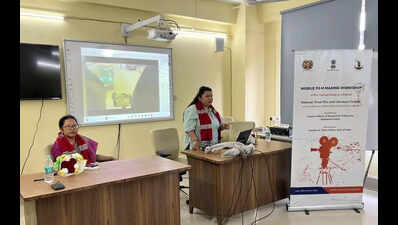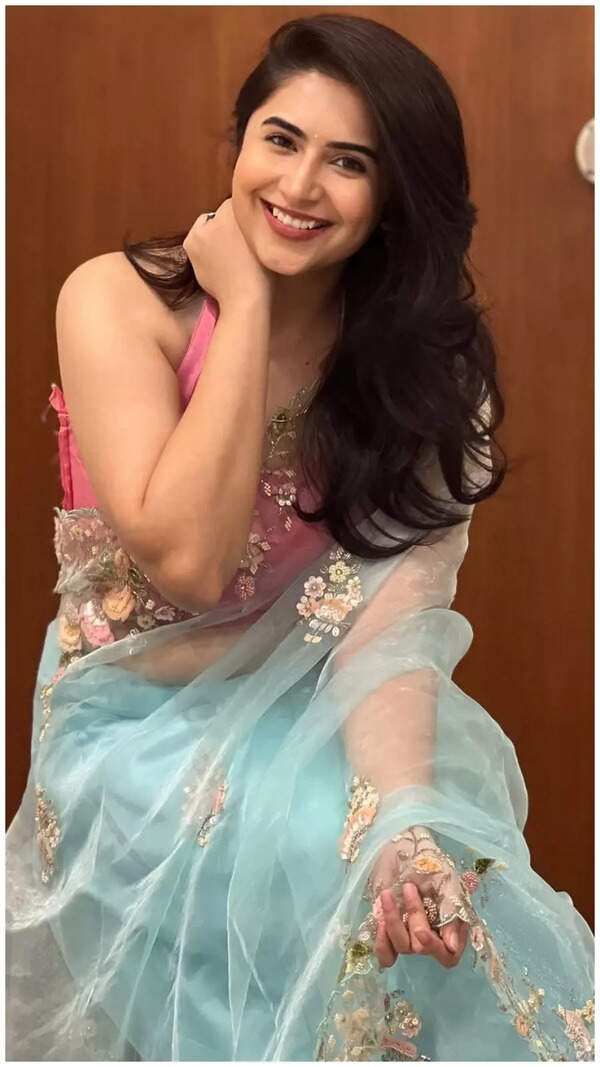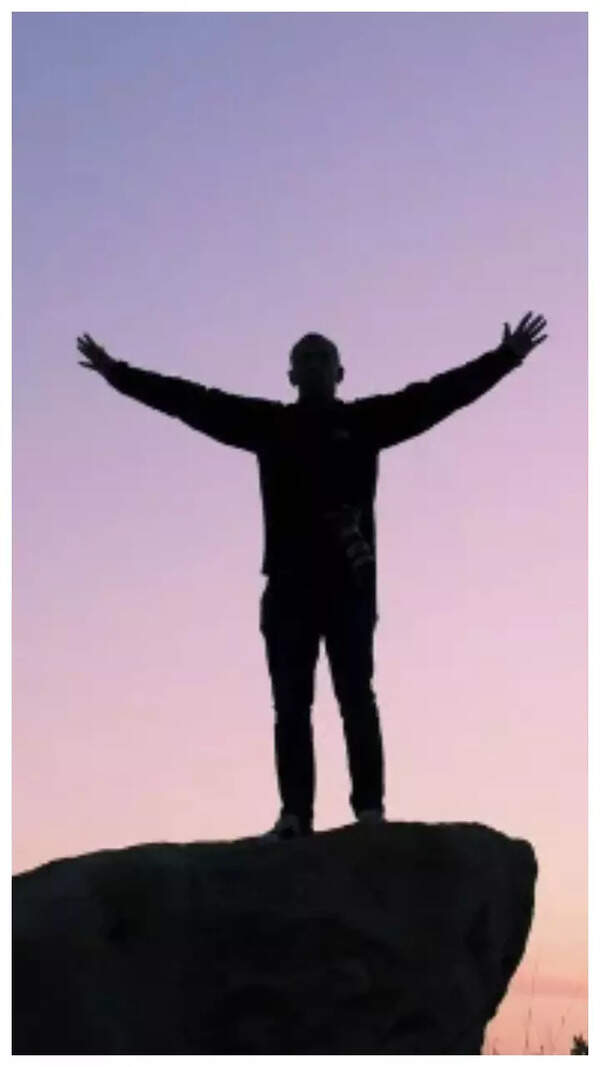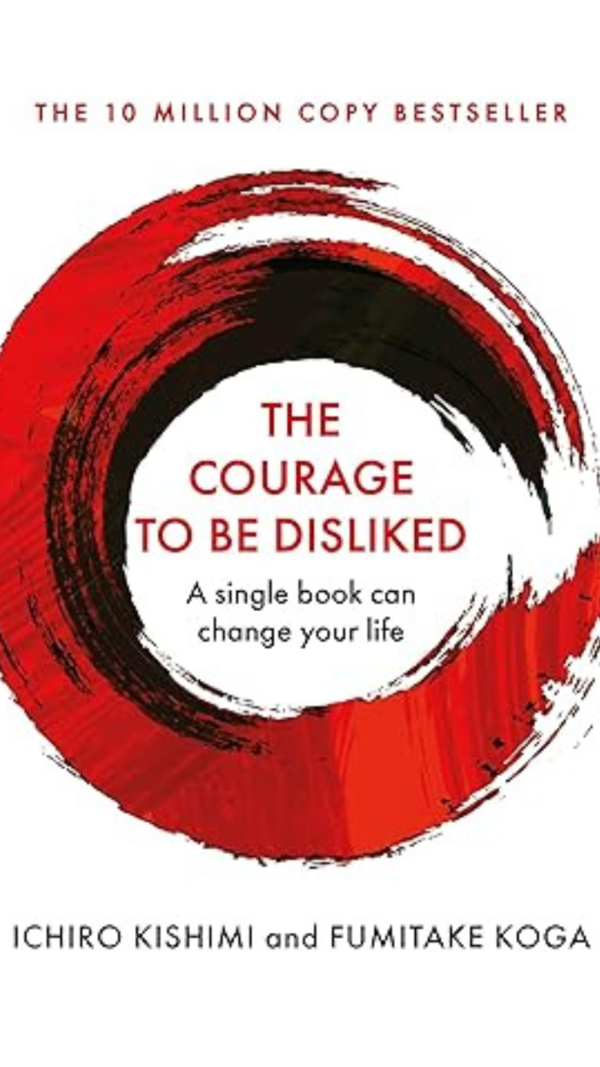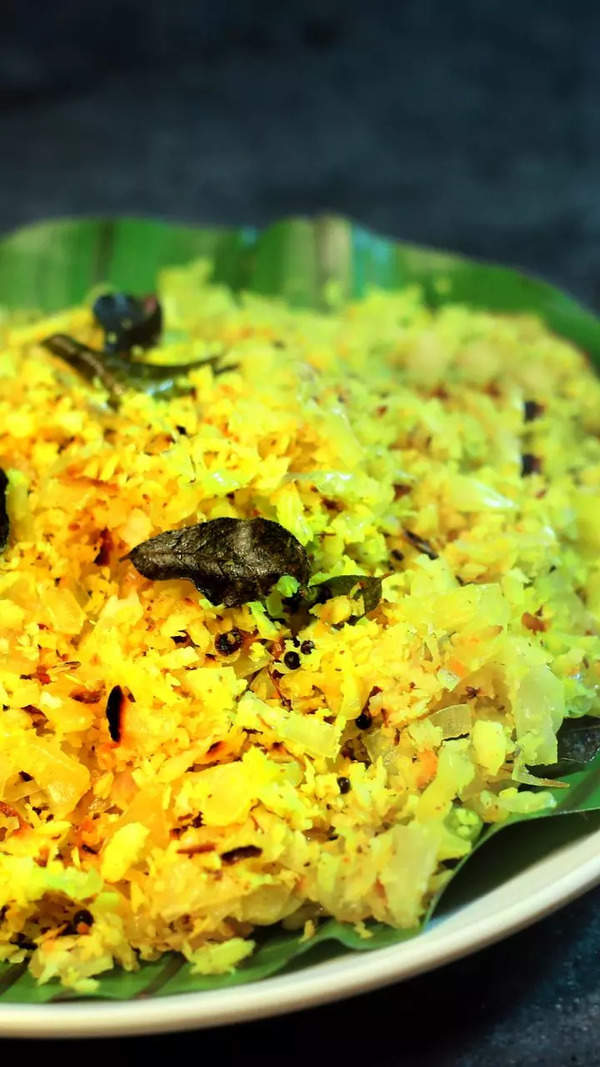- News
- City News
- guwahati News
- 3-day national tribal film & literature fest in Guwahati to ‘amplify unheard voices’
Trending
3-day national tribal film & literature fest in Guwahati to ‘amplify unheard voices’
Guwahati: With the aim of fostering dialogue and appreciation for tribal heritage, the National Tribal Film and Literature Festival will be organised in the city for the first time on Thursday and will continue for next two days.
Organised by the Assam Institute of Research for Tribals and Scheduled Castes (AIRTSC), directorate of tribal affairs, govt of Assam, and sponsored by union ministry of tribal affairs, it will showcase the rich tapestry of tribal narratives, languages, and artistic expressions from across India.
Mitra Das, the deputy director of Assam Institute of Research for Tribals and Scheduled Castes said, "The festival will also feature captivating cultural performances, showcasing the unique dance, music, and songs passed down through generations. The festival also aims to amplify often-unheard voices and ensure their rightful place in India's cultural future. This three-day event will be a unique opportunity to witness the power and beauty of India's Indigenous communities' contributions to the nation's cultural fabric."
The festival which will be inaugurated by state minister of tribal affairs (land) Ranoj Pegu in NEDFi convention centre, will feature both literature and film session.
The film screenings will be a major highlight, showcasing the works of Dr Kombong Darang, Uday Bhaskar Patar, Ravi Raj Murmu, Pranami Koch, Deepak Beshra, Pranab Jyoti Deka, Sujit Debbarma, Elvachisa Sangma, Dipankar Das, Harsyajit Kumar Goyary, Manas Sagra, Kenny Basumatary, Dhiraj Kashyap, and others.
These films, along with 11 competing entries and two special screenings, represent the rich storytelling traditions of over 10 different tribal languages.
End of Article
FOLLOW US ON SOCIAL MEDIA
